4 Pioneering Women Artists Everyone Should Know
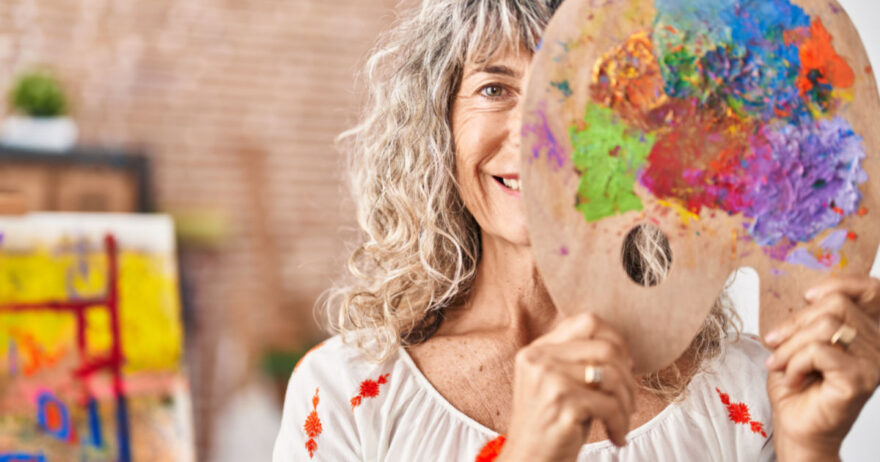
In observation of Women’s History Month — as we celebrate the contributions of women to events in history and contemporary society — we want to call out five historical women artists who may not have as much name recognition as, say, Mary Cassatt, Georgia O’Keeffe, or Frida Kahlo, but who also offer abundant inspiration as artists and creative pioneers.
Emily Carr (Canadian, 1871–1945)
Canada informed Emily Carr’s work, but France influenced her style. For although her commitment to the native people and forests of British Colombia never wavered, her approach to the subject matter changed dramatically after she spent time abroad. Dissatisfied with the conventional painting approaches she found at home, she studied for a brief period at the San Francisco School of Art and then in England. But it was a sojourn in France, where she was introduced to the work of the Fauves, that most influenced her work.
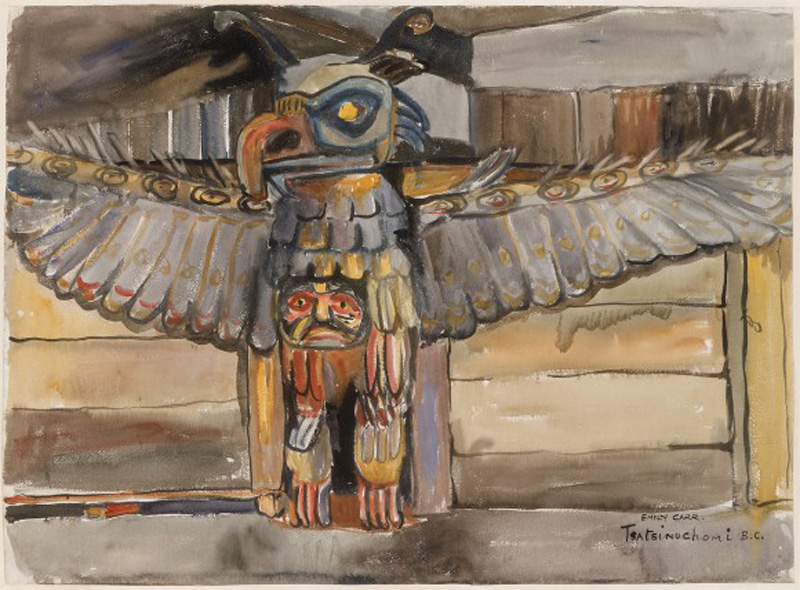
Inspired by the French artists’ intensely vivid color, Carr exchanged her watercolors for a time for oils and worked directly from life, without sketching, simplifying forms to represent the French landscape. Although she ultimately returned to watercolor, her work had taken a bold, new turn that shocked and alienated former patrons and students when she returned home to Victoria, British Columbia. Frustrated by the response, Carr gave up on her painting career for more than a decade. She opened a rooming house, which she named “House of All Sorts,” bred sheepdogs, and made crude pottery to make ends meet.
Strong-willed and independent, Carr challenged the conventional mores of late-Victorian society. She took extended trips — often alone — into the forest, painting and communing with nature and visiting the First Nations peoples who lived there. Dating back to 1898, these visits inspired her well-known collection of totem pole paintings.
In 1927, Carr’s stalled career was revived when the National Gallery of Canada, Ottawa, included her work in the exhibition “Canadian West Coast Art — Native and Modern,” where she met the Group of Seven. Impressed by her work, the Seven invited Carr to exhibit in their next show and thus began her valuable association with the group, who later dubbed her “The Mother of Modern Arts.”
A few years before her death, in 1945, Carr was asked what the most outstanding events of her life had been. She responded, “Work and more work … loving everything terrifically.”
— Written by Kelly Kane
Gwen John (Welsh, 1876–1939)
Gwen John gave up much of what was expected of an early twentieth-century woman to become an artist. She left her homeland, isolated herself from friends, and never married or had children. Although she regularly exhibited her work in Paris and London, she became progressively more reclusive, painting her subjects — solitary women, empty rooms, and her cats — with single-minded focus. Writing of herself, John once said, “I cannot imagine why my vision will have some value in the world — and yet I know it will. … I think I will count because I am patient.”
Born in Wales, John trained at London’s Slade School of Art before heading off to study painting with James Abbott McNeill Whistler, in Paris. From Whistler she learned to use a limited color palette and to concentrate on subtle tonal variations — techniques that infused her work with a melancholic, meditative mood. In 1903, she left England again, embarking on a walking tour to Rome with a friend. They only got as far as Toulouse, France. John soon settled in Paris, never again to return to England.
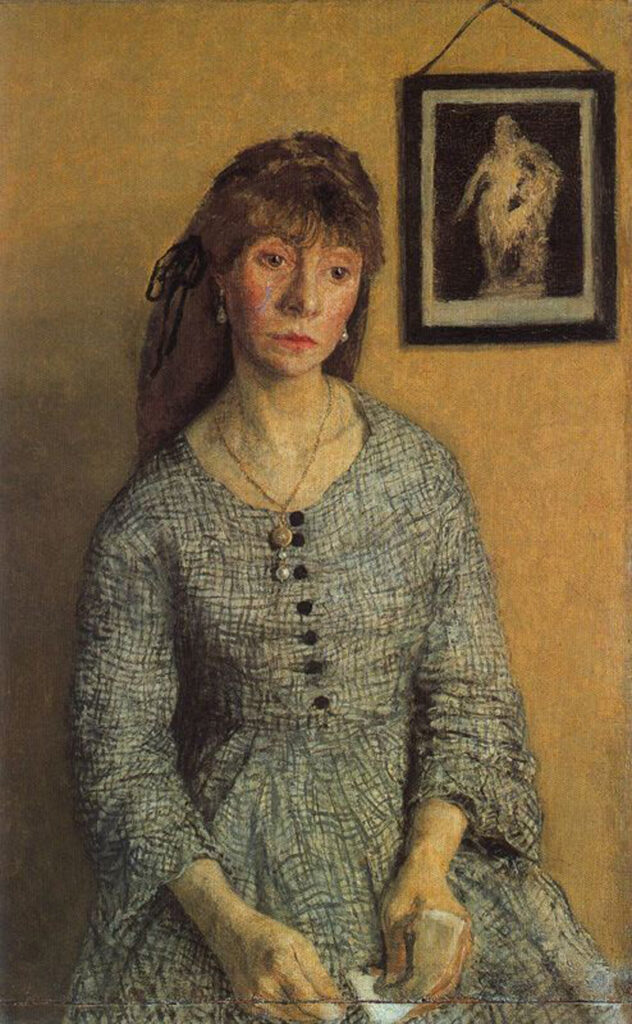
Though it didn’t occur in her lifetime, John’s hopes for her work ultimately came true. The artist’s work appears in some of the world’s top public collections, including Tate Britain, in London, and The Metropolitan Museum of Art, in New York City. Her brother, Augustus — once the more famous painter of the two — predicted just such a reversal of fate, remarking, “in 50 years’ time, I will be known as the brother of Gwen John.”
In Paris, John’s life was not easy: She faced near-constant illness and financial peril, but she made acquaintances of the leading artists of the time, including Henri Matisse, Georges Braque, and Pablo Picasso. At the beginning of her artistic career, she earned a meager income as an artist’s model — an occupation that led her to the sculptor Auguste Rodin, with whom she quickly fell in love. Their passionate affair was short-lived, but John flooded Rodin with letters until his death more than a decade later.
John left Paris in 1911 for the quiet suburb of Meudon, where she found solace in the Roman Catholic Church and painted portraits of nuns in the town’s humble convent. In later years, she traveled to the northern French countryside in search of rural models. For her last trip to the rugged Brittany coast, John packed her will and burial instructions. She died there as she’d lived, independent and alone, leaving behind the legacy of an artist who’d sacrificed much for her life’s work — work that is recognized today for its singular artistic vision.
— Written by Tamera Lenz Muente
Rosalba Carriera (Venetian; 1675–1757)
Rosalba Carriera assumed an essential role in the history of pastel painting. In the early 18th century, she transformed pastel from a sketching tool to a medium of significance, just in time to help initiate the French rococo style. Her portraits, genial in spirit, deft of touch, and executed with a feel for luxuriant textures, made her famous throughout Europe. Scores of poems were dedicated to her; one sonnet concludes, “your colors have given Light to the world.”
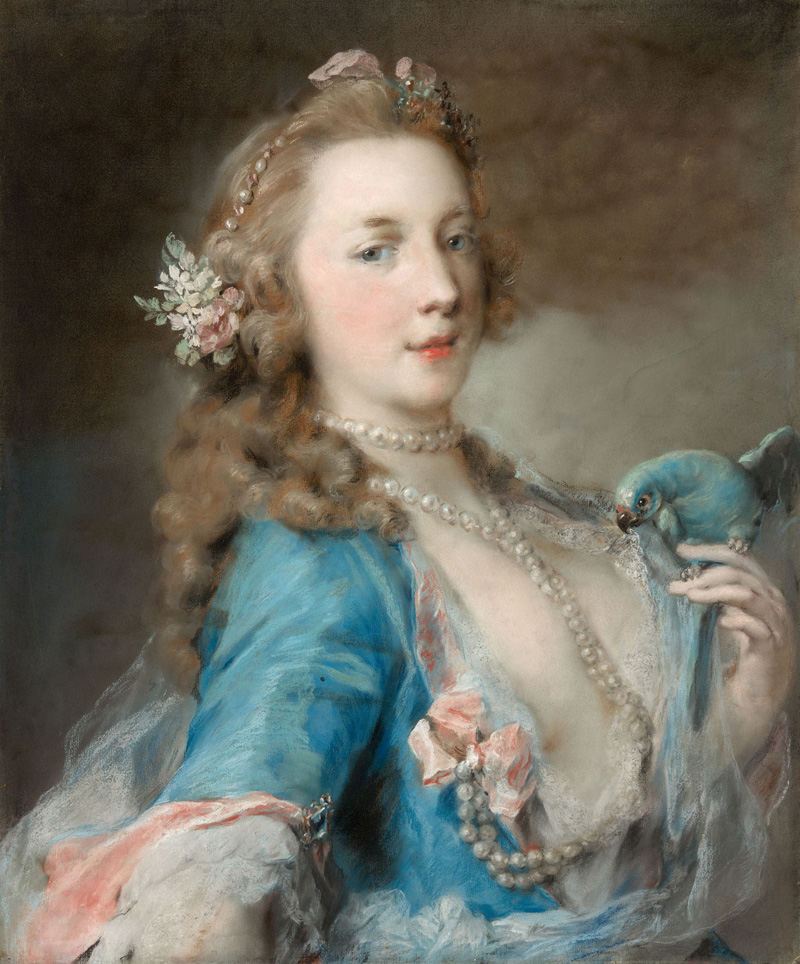
Carriera was born in Venice and started her career painting miniature portraits on ivory. She became a protégé of Venetian artist Antonio Maria Zanetti; her pastel portrait of him went the eighteenth-century equivalent of viral, initiating her international reputation. In 1705, Carrier was elected to the Accademia di San Luca in Rome. The academy’s rationale stated, in part, “(such an action) runs counter to our statutes that have been disobeyed in order to (accommodate) this foreign spinster, who is applauded everywhere and is truly a virtuosa by fame and ability.”
Carriera was the first female foreign painter inducted into the French Academie. She was, in effect, too good for the male-dominated art industry to ignore. The artist’s Venetian studio was a destination for visiting European aristocracy who desired to have their portraits painted. Augustus II of Poland amassed a major collection of her pastels, and the Holy Roman Emperor Charles VI became an important patron. She visited France, where she painted every member of the royal court and befriended artist Jean-Antoine Watteau (1684–1721), who sat for her as well. During her stay in Paris, Carriera had a formative effect on French rococo painting. She influenced other pastel masters, including Maurice-Quentin Delatour (1704–88) and Jean-Étienne Liotard (1702–89).
— Written by Jerry N. Weiss
Elizabeth Nourse (American, 1859–1938)
During her career in the late nineteenth and early twentieth centuries, Elizabeth Nourse was considered by many critics to be the equal, if not the superior, of her contemporary, Mary Cassatt. Like Cassatt, Nourse liked to paint mothers and children. In addition, she painted still lifes, portraits, and scenes of European peasant life influenced by her long residence in France and her exposure to the Barbizon school of art. She especially enjoyed painting festivals, religious processions and peasants engaged in everyday activities.
Born in Cincinnati, Nourse began her training in 1874 at the McMicken School of Design (now the Art Academy of Cincinnati), where she was recognized as one of the school’s most promising talents. Even as a student, she found work as an illustrator for magazines and brochures, giving her the opportunity to offer financial support to her parents and nine siblings. At age 21, Nourse participated in a student exhibition where one critic noted, “Unless all signs fail, or she marries and buries herself in oblivion, the world will hear more of this girl.”
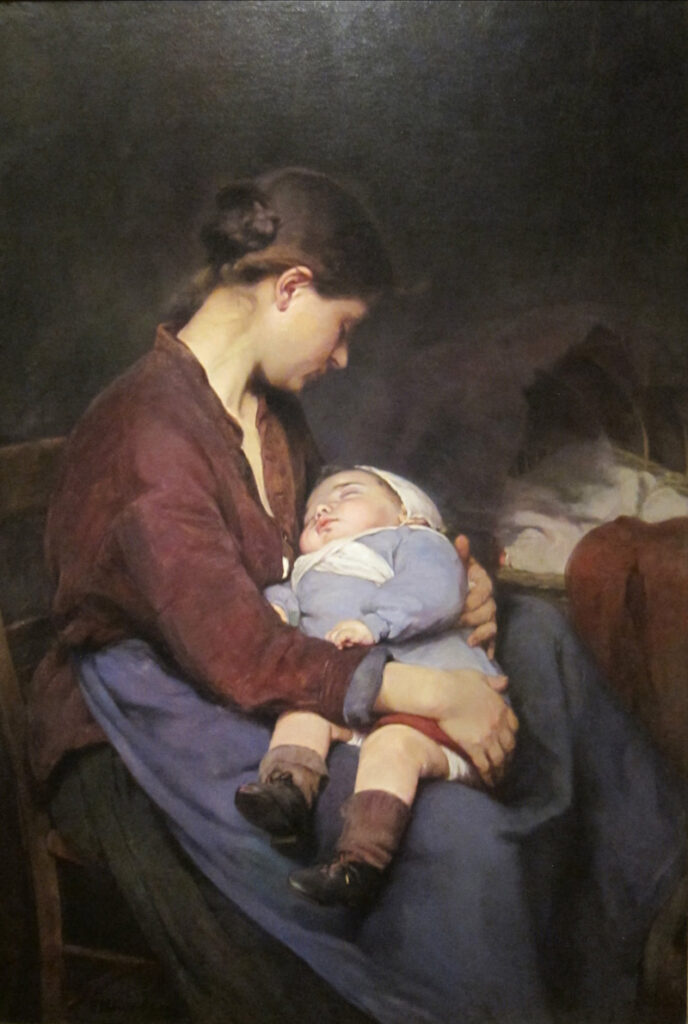
Although she lived and worked successfully in Cincinnati for several years, Nourse — like many American artists of her generation — determined that her art education wouldn’t be complete until she’d studied with the great masters in Paris. So, in 1887, she and her sister, Louise, moved to Paris, where they rented a studio near the Luxembourg Gardens, and Nourse enrolled in the Academie Julian. The two sisters would travel to Ukraine, Italy, Austria, Germany, Holland, and England, where Nourse gathered new subject matter. It was during this busy period that her paintings were included in exhibitions at London’s Royal Academy, the Kunstausstellung in Munich, the Societe Nationale des Beaux-Arts in Paris, and the Art Club in Philadelphia.
Nourse was an admirer of the work of Jean Francois Millet, one of the leaders of the Barbizon school, and associated his paintings of French peasants with the hardworking farmers of her homeland, which lent authenticity to her efforts. When critics wrote of her work, they often noted Nourse’s appreciation and respect for the character of her subjects. She didn’t resort to artificial or insincere mannerisms — as did other turn-of-the-century painters — to make them more sympathetic or appealing.
Throughout her career, Nourse was the recipient of numerous high honors, but perhaps the most important was the purchase, in 1910, of her interior work, Les Volets Clos (The Closed Shutters), by the French Ministry of Fine Arts for the contemporary art collection in the Musee du Luxembourg. She joined other notable American artists represented in the collection, including Homer, Sargent, and Whistler.
— Written by Walter Garver, 2004
From Our Shop
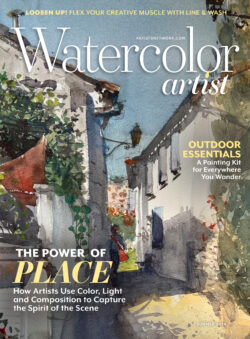
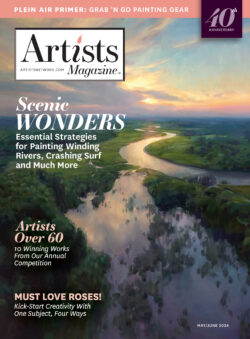
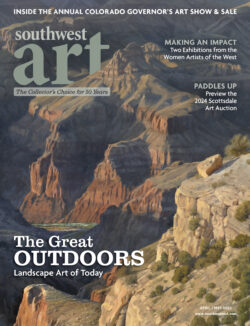
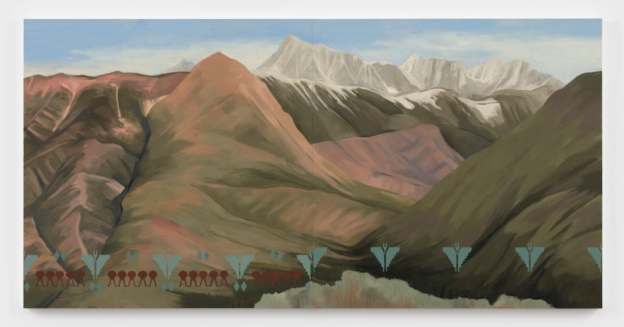
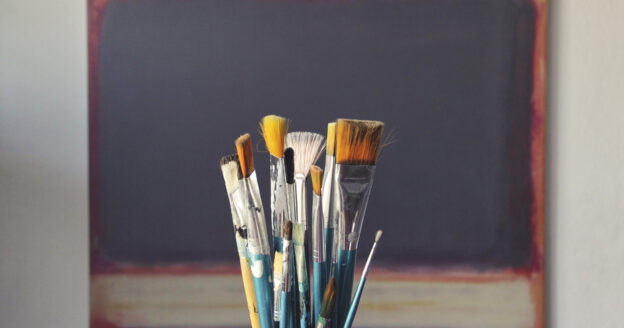

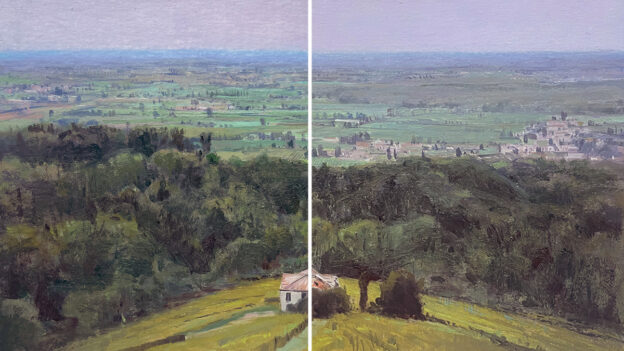
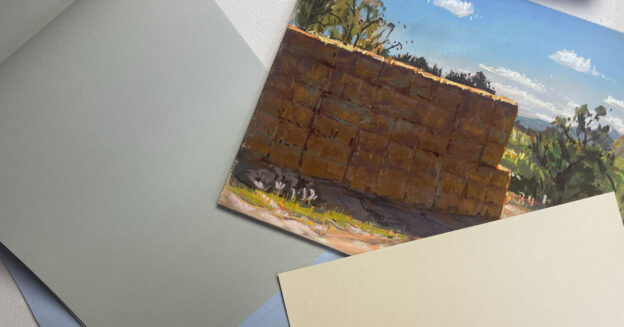
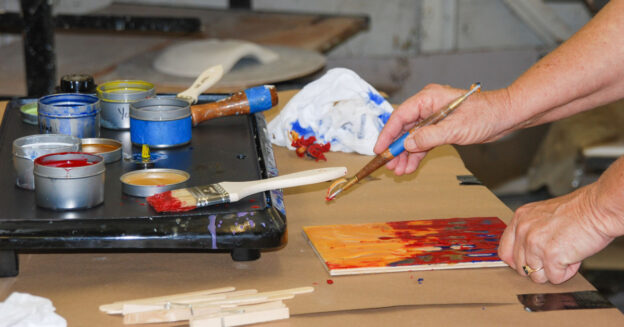
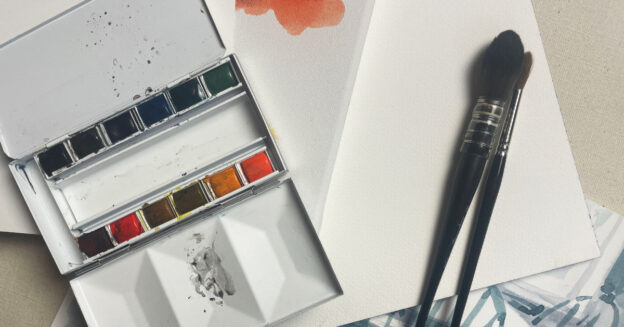

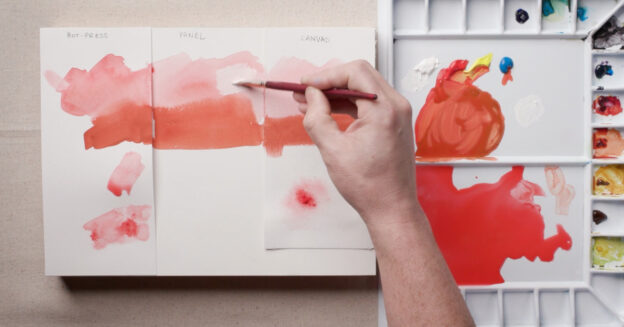
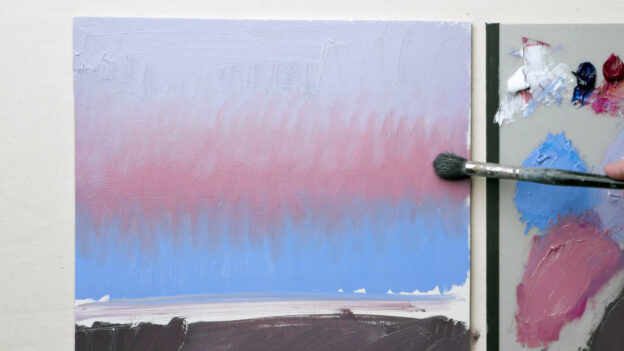

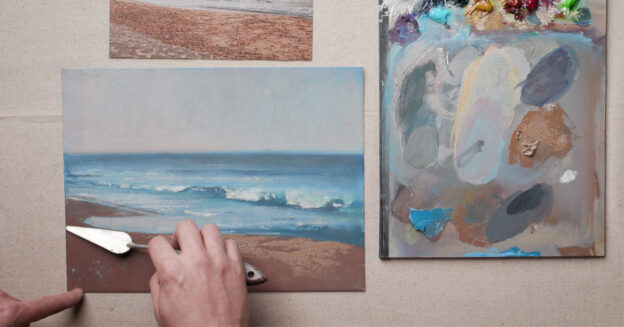

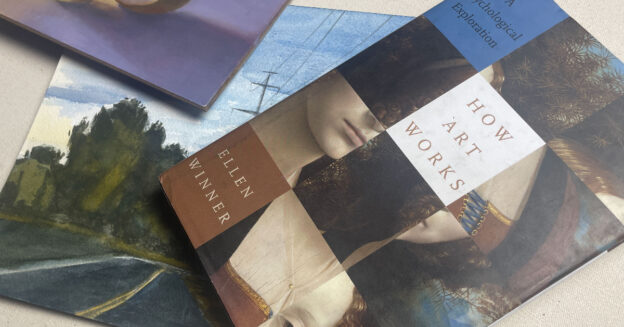
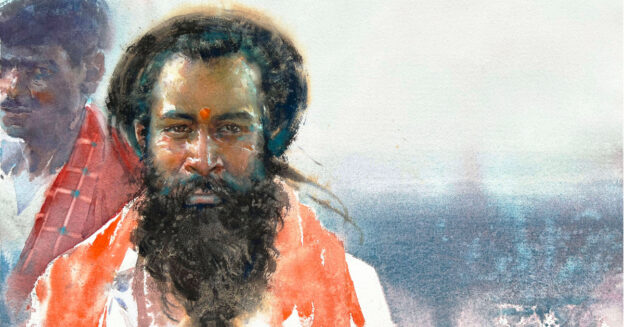

Join the Conversation!